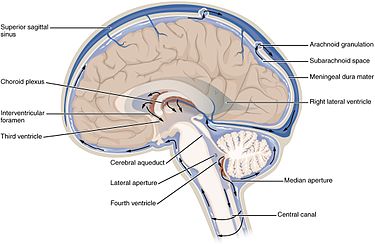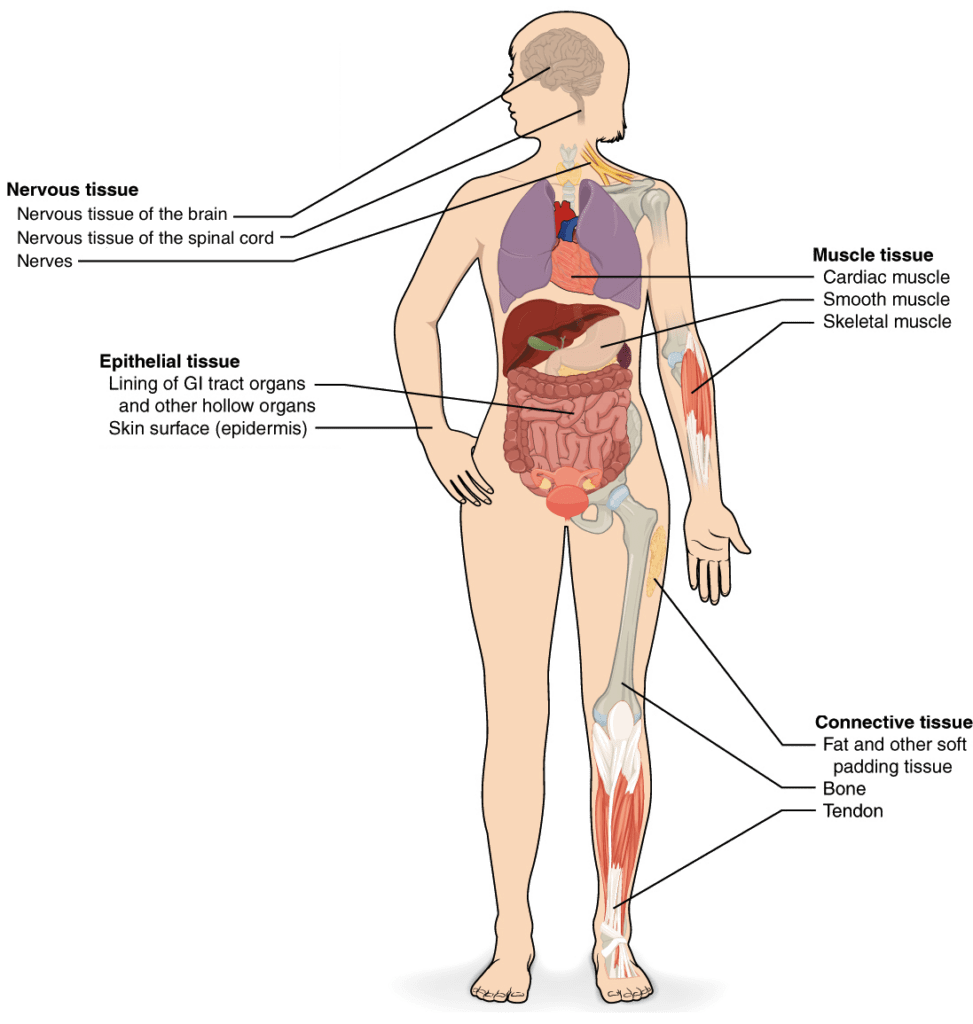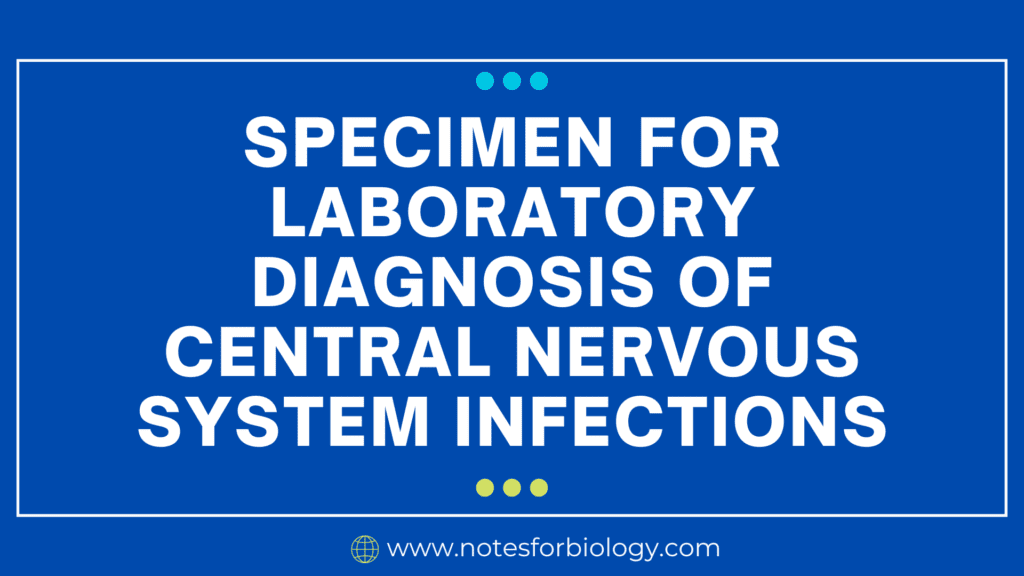Central Nervous System Infections

Serious illnesses that can result in severe morbidity and mortality include infections of the central nervous system (CNS). These include infections of the meninges, which are the membranes that surround the brain and spinal cord, as well as the brain and spinal cord. Frequently, fungus, viruses, bacteria, or parasites are the source of these infections.
The central nervous system (CNS) is a delicate and vital part of the human body, responsible for everything from controlling our movements to regulating our thoughts and emotions. Infections of the Central Nervous System , known as Central Nervous System Infections, can be serious and even life-threatening.
It is essential to gather the right specimens in order to diagnose Central Nervous System illnesses correctly. Below is a summary of typical specimen kinds along with pertinent considerations:
Table of Contents
Cerebrospinal Fluid (CSF)

Gold standard: The most useful specimen for identifying CNS illnesses is CSF.
Method of collection: The usual technique is lumbar puncture, sometimes known as a spinal tap.
Taking into account
Sterile procedure: To avoid contamination, strict aseptic technique is necessary.
Volume: Gather enough material for each test that is necessary.
Time: Get CSF as soon as you notice any symptoms .
Laboratory examinations:
Microscopy: Acid-fast, India ink, and Gram stain
Cultures: fungal, bacterial, and viral
Molecular diagnostics: PCR to identify certain infections
Biochemical analysis: cell count, protein, glucose, and lactate
Blood
Vital for systemic infections: Blood cultures are useful in detecting fungemia or bacteremia, which may be linked to central nervous system infections.
Collection method :Venipuncture, utilizing sterile technology, is the method of collection.
Taking into account
Time: Take blood cultures prior to starting antibiotic treatment.
Tests in the lab: Molecular diagnostics, culture
Tissue

Biopsy for granulomas or suspected abscesses: Biopsies of the meninges, brain, or spinal cord can yield a conclusive diagnosis.
Collection method :Surgery is the process of collection.
Considerations:
Laboratory examinations: Molecular diagnosis, culture, and histopathology
Biopsy for granulomas or suspected abscesses: Biopsies of the meninges, brain, or spinal cord can yield a conclusive diagnosis.
Other Specimens
Nasopharyngeal swabs
Helpful in the diagnosis of influenza and enterovirus infections.
Sputum
May be useful in diagnosing fungal or bacterial pneumonia, which may be linked to neurological problems.
Stool
Helpful in the detection of rotaviruses and enteroviruses.
General Considerations for Specimen Collection
Patient history and clinical presentation
It should direct the choice of samples and the diagnostic process.
Previous antibiotic use
If the patient has taken antibiotics in the past, let the laboratory know.
Transport and storage: In order to preserve their integrity, specimens must be quickly brought to the laboratory and maintained correctly.
Diagnosis in the lab
Direct microscopy: Enables quick pathogen identification.
Culture: Determines the causing organism and isolates it.
Molecular diagnostics: Uses PCR or other methods to identify particular infections.
Testing for specific infections :using antibodies is known as serological testing.
Imaging tests : CT, MRI, or ultrasound can aid in the visualization of CNS abnormalities or inflammation.
This information is not intended to be used as medical advice; rather, it is for educational purposes only. A healthcare expert should always be consulted for a diagnosis and treatment.
Frequently Asked Questions (FAQ)
What is Central Nervous System Infections?
Serious illnesses that can result in severe morbidity and mortality include infections of the central nervous system (CNS). These include infections of the meninges, which are the membranes that surround the brain and spinal cord, as well as the brain and spinal cord. Frequently, fungus, viruses, bacteria, or parasites are the source of these infections.
What is Central Nervous System ?
The central nervous system is made up of the brain and spinal cord: The brain controls how we think, learn, move, and feel. The spinal cord carries messages back and forth between the brain and the nerves that run throughout the body.
What is stool useful for?
Stool is helpful in the detection of rotaviruses and enteroviruses.
Related Articles

